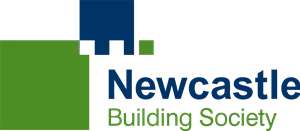Hampshire Trust Bank (HTB), the UK-based asset finance, property finance and specialist mortgage provider, appointed Jaywing to help enhance its forecasting framework and comply with IFRS 9 stress test requirements for its ICAAP.
Regulatory expectations on firms’ stress testing capabilities are constantly evolving. Financial institutions need to be able to adapt and improve their forecasting models to comply with the new requirements.
The Prudential Regulation Authority (PRA) expects stress testing submissions to be done on an IFRS 9 basis, whether Concurrent Stress Tests for large organisations or as part of individual firms’ yearly ICAAP. This has posed significant challenges for firms of all sizes.

Jaywing worked with HTB to incorporate its existing IFRS 9 models into its forecasting and stress testing framework by designing and implementing a consistent methodology for HTB’s product portfolio.
Jaywing’s solution enabled HTB to overcome some of the main challenges faced by financial organisations when calculating IFRS 9 compliant impairment and capital figures, such as estimating Stage 2 transitions under stress and incorporating new business accounts throughout the forecast horizon.
The new stress testing modelling approach has been developed in proportion to HTB’s size by simplifying the potential complexities stemming from forecasting IFRS 9 impairments. This represents a significant step in HTB’s continuous path of improvement, in line with its growth ambitions over the coming years.
“Jaywing has already proven to us through our existing partnership that they are industry-leading modelling, forecasting and regulatory experts. It was only natural to ask them to support us with the challenge of developing IFRS 9 stress testing models for our ICAAP. Once again, they surpassed our expectations."
Clive Gavin, Chief Risk Officer at Hampshire Trust Bank
Clive Gavin follows on stating "through a flexible collaboration with our internal teams coupled with a can-do attitude they supported the development of a modelling framework with the right balance of complexity and pragmatism to ensure we achieved our objectives within the set timeframes.”






